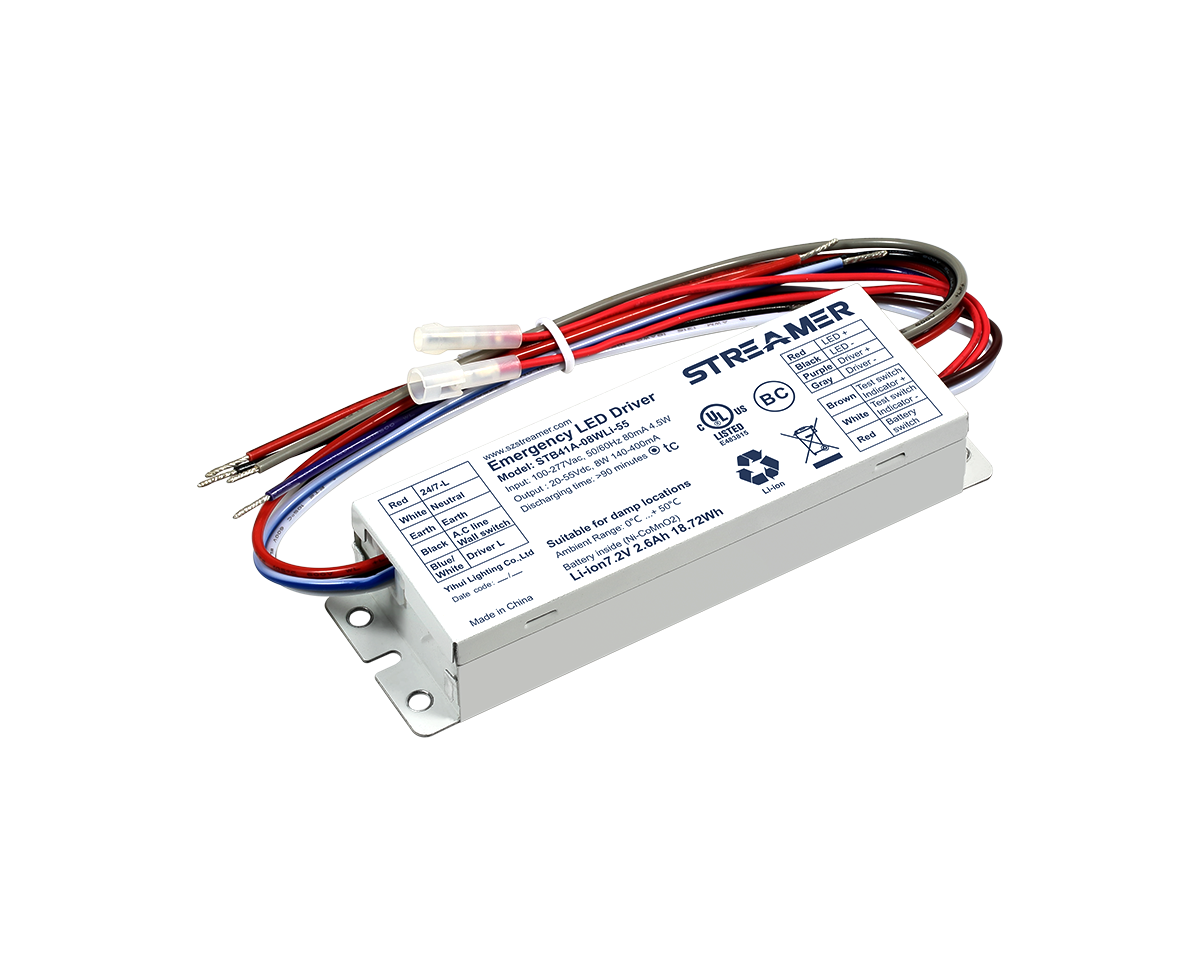 1
1
 Jun 06, 2025
Jun 06, 2025
Ultra - thin LED emergency converters have gained increasing popularity due
to their space - saving design and aesthetic appeal, making them suitable for a
wide range of applications where a sleek profile is required. The development of
these converters involves a combination of innovative material selection,
circuit design optimization, and advanced manufacturing techniques.
One of the key aspects in creating ultra - thin LED emergency converters is the choice of materials. High - performance and low - profile components are preferred. For example, planar transformers are often used instead of traditional bulky iron - core transformers. Planar transformers are fabricated using printed circuit board (PCB) technology, which allows for a much thinner and more compact design while maintaining high efficiency in power conversion. Additionally, thin - film capacitors and surface - mount technology (SMT) components are employed. SMT components are smaller in size compared to through - hole components and can be directly soldered onto the surface of the PCB, reducing the overall thickness of the converter.
In terms of circuit design, miniaturization and integration are the main focuses. Advanced integrated circuits (ICs) are utilized to combine multiple functions into a single chip. For instance, a single power management IC can integrate functions such as voltage regulation, charging control for the backup battery (in case of emergency operation), and protection circuitries (against overvoltage, overcurrent, and short - circuits). This reduces the number of discrete components required, minimizing the circuit board area and contributing to the thin form factor.
The manufacturing process of ultra - thin LED emergency converters also requires precision. Techniques such as thin - film deposition and high - density PCB assembly are used. Thin - film deposition can be applied to create electrodes and conductive layers with a very small thickness, while high - density PCB assembly allows for a more compact arrangement of components on the board. Specialized manufacturing equipment and strict quality control measures are necessary to ensure that the components are accurately placed and connected, maintaining the performance and reliability of the converter despite its thin design.
Despite their numerous advantages, ultra - thin LED emergency converters face some challenges. Heat dissipation can be a significant issue due to the limited space available for heat - dissipating elements. To address this, innovative heat - dissipation solutions such as using thermally conductive adhesives, incorporating heat - spreading layers in the PCB design, or adding micro - sized heat sinks are being explored. Additionally, ensuring the mechanical strength and durability of the thin - walled enclosures that house the converter components is also a concern, as they need to withstand normal handling and environmental conditions without damage.